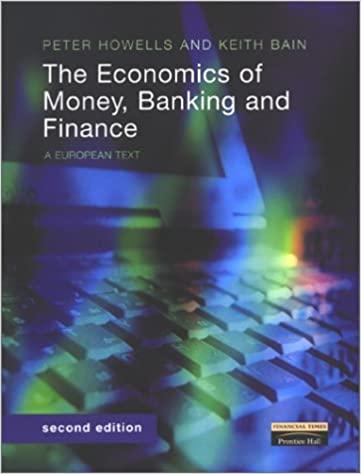Answered step by step
Verified Expert Solution
Question
1 Approved Answer
Can you forecast this? Financial Analysis Income Statement Data (1965-1971): - Revenues (all taxes included) grew from 156 million FF in 1965 to 2234 million
Can you forecast this? Financial Analysis Income Statement Data (1965-1971): - Revenues (all taxes included) grew from 156 million FF in 1965 to 2234 million FF in 1971. - Net Revenues (after subtracting value-added tax) increased from 153 million FF in 1965 to 1936 million FF in 1971. - Gross margin, which is the profit after subtracting the cost of goods sold (COGS), grew from 20 million FF in 1965 to 301 million FF in 1971. - Net income (EAT) increased from 3 million FF in 1965 to 44 million FF in 1971. - The company's earnings per share (EPS) also showed a strong increase, from 8.6 FF in 1965 to 75 FF in 1971. Balance Sheet Data (1965-1971): - Total assets increased from 35 million FF in 1965 to 621 million FF in 1971. - Shareholders' equity grew from 11 million FF in 1965 to 112 million FF in 1971. - The company had long-term debt, which increased from 3 million FF in 1965 to 64 million FF in 1971. - The current ratio fluctuated over the years, indicating the company's ability to cover short-term liabilities with its current assets. - Total debt to equity ratio also showed fluctuations over the years, indicating the company's financial leverage. Cash Flow Data (1967-1971): - Operating cash flow increased from 0 million FF in 1967 to 128 million FF in 1971, showing the company's ability to generate cash from its core operations. - The company invested in property, plant, and equipment (PPE), and other assets, indicating growth efforts. - The financing cash flow shows the company raised capital through debt issuance and paid dividends to shareholders. From 1965 to 1971, the company's revenues, net income, and equity growth were significant. During this period, the company made substantial investments in assets and raised capital by issuing debt. The data shows how well it performed financially. Overall, the data suggests that the company was experiencing growth in revenues, profitability, and assets. However, the company also increased its long-term debt and made substantial investments, which should be considered in the context of its growth and financial strategy. Considering the company's financial data between 1965 and 1971, we can see a period of significant growth and transformation. The company experienced a substantial increase in both revenues and profitability during this period, with consistent year-over-year revenue growth and a significant boost in net income (EAT), indicating a healthy and expanding business. Efficient cost management is evident from the steady rise in the gross margin, contributing to improved profitability. The balance sheet also strengthened, as both total assets and shareholders' equity saw substantial growth, reflecting investments in operations and increased shareholder value. However, there was an increase in long-term debt, possibly to fund expansion, with fluctuations in the debt-to-equity ratio signifying shifts in the financing strategy. On the cash flow front, the positive trend in operating cash flow suggests improved liquidity and reinvestment capabilities, but the negative investing cash flow reveals significant investments in property, plant, and equipment, common for a company in a growth phase. The positive financing cash flow indicates capital raised through debt issuance and dividend payments to shareholders. In summary, this data reflects a company on a growth trajectory, which is positive, but it should be carefully monitored to ensure financial stability and health. The simultaneous increase in revenues, profits, and asset investments alongside shifts in financing strategies suggests effective growth management, but continued prudent financial oversight is essential as the company evolves
Step by Step Solution
There are 3 Steps involved in it
Step: 1

Get Instant Access to Expert-Tailored Solutions
See step-by-step solutions with expert insights and AI powered tools for academic success
Step: 2

Step: 3

Ace Your Homework with AI
Get the answers you need in no time with our AI-driven, step-by-step assistance
Get Started


